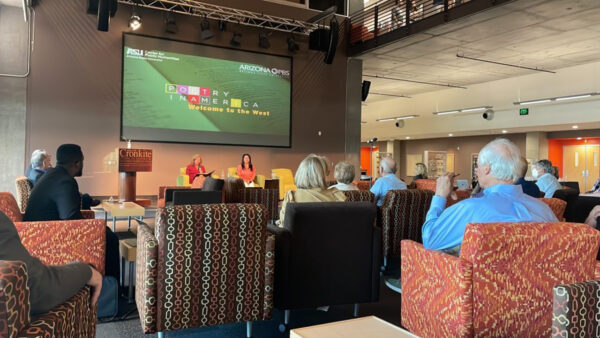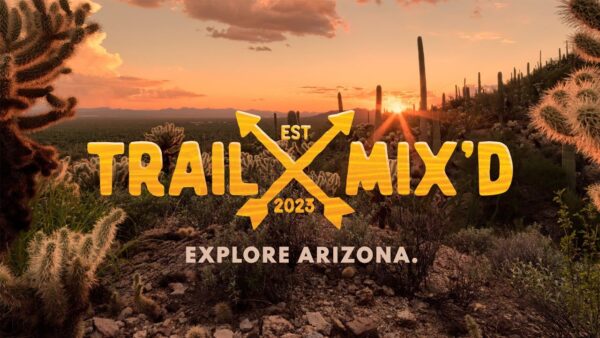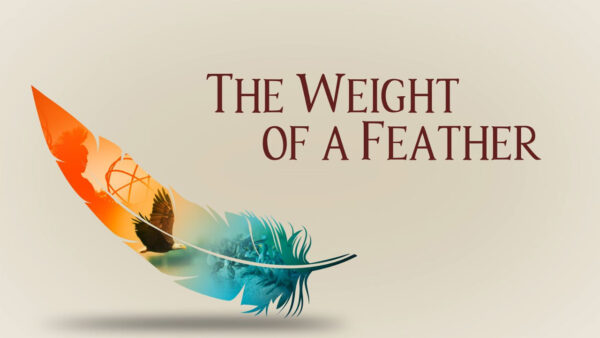Inside Nature’s Giants
June 27, 2012
– New Episodes Get Under the Skin of the Giant Squid and the Camel
to Explore Their Evolutionary Secrets and Anatomical Mysteries –
They’re back! The intrepid scientific team from Inside Nature’s Giants returns with two new episodes exploring the evolutionary secrets and anatomical mysteries of two of nature’s strangest animals — the camel and the giant squid. Shot on location in Australia and New Zealand, Inside Nature’s Giants brings together these skilled specialists — comparative anatomist Dr. Joy Reidenberg, veterinary scientist Mark Evans, evolutionary biologist Richard Dawkins and biologist Simon Watts — for more wildlife adventures. Inside Nature’s Giants airs Wednesdays, June 20 and 29, 2012 on Eight, Arizona PBS.
(NOTE: The animals dissected in Inside Nature’s Giants died naturally in the wild or in zoos, or were from officially sanctioned culls.)
“Giant Squid” Wednesday, June 20, 2012, 9 p.m.
The team travels to New Zealand to examine one of the most deeply mysterious creatures on Earth — the giant squid. Thought by many to be the stuff of legend, it was only in the late 19th century that the giant squid was first officially recorded by scientists, after one leviathan squid washed up on a beach in New Zealand.
With anatomy that seems ripped from the pages of a science fiction novel, the giant squid has a razor sharp beak, teeth on its tentacles and tongue, a throat that dives through the middle of its brain and three hearts that power blue blood through a muscle filled jet-propulsion cloak.
Related to slugs and snails, this monster from the deep, along with its cousin the colossal squid, is the largest invertebrate in the world. It has never been filmed in its natural habitat hundreds of meters down, but occasionally specimens are brought to the surface by deep-sea trawlers.
Since little is known about how giant squids behave, Dr. Reidenberg dons a wet suit to meet its shallower water cousin, the giant Pacific octopus. Embracing this startled animal, she discovers what it’s like to hold a boneless, jet-propelled beak with eight arms. Simon Watt investigates how octopus and squid are masters of disguise and survive underwater warfare using camouflage, ink jets and spectacular light shows.
During the dissection, the team pieces together how giant squid hunt, how they jet through the water, how their quick-fire beak pulverizes food and why it has such enormous eyes. They also discover the brutal truth about giant squid sex, surely one of nature’s most unusual and complex reproductive systems.
“Camel” Wednesday, June 27, 2012, 9 p.m.
In this episode, Mark Evans and Dr. Joy Reidenberg brave the Australian Outback to dissect a camel, the ultimate desert survivor.
We don’t think of Australia as the home of camels, yet in the middle of this vast continent there are over a million feral dromedaries roaming around. European settlers introduced them over a century ago to help build Australia’s railways and explore the outback. But with the advent of roads, cars and trucks, camels were no longer needed, so their owners released them into the desert. Instead of dying off, camels had a population explosion, increasing their numbers until they now play havoc with the environment and destroy native species. In an attempt to cut back the destruction, the Australian government has introduced a culling program.
Braving soaring heat and scorching sun, the dissection team uncovers the secret of the camel’s hump and investigates how its elastic legs, stretchy lips and pedestal (a strange bump on its chest) are among the many surprising adaptations that enable these animals to thrive in such a dry and hostile environment. Other strange adaptations include an extension of its soft palate that can be inflated out of its mouth like a big red balloon. To female camels this is irresistible — particularly when the male covers his mouth with wads of white saliva. (The camel, if fully hydrated, will produce 80 liters of saliva per day.)
Richard Dawkins explores the history of the camel and other “invasive species” in Australia, and reveals its surprising origins in North America. And Simon Watt learns how to break in and ride a wild camel from champion camel-jockey Glenda Sutton. He discovers that although this animal does spit and kick – there’s much more to marvel at than its cantankerous reputation.
Media Contact: Colleen O’Donnell Pierce
[email protected]
(602) 496-0579
(602) 478-3867 (cell)
Visit azpbs.org/pressroom
About Arizona PBS
Arizona PBS is a trusted community resource. For over 52 years, the PBS station has focused on educating children, reporting in-depth on public affairs, fostering lifelong learning and celebrating arts and culture. Arizona PBS achieves its mission through the power of non-commercial television, the Internet, educational outreach and community-based initiatives. Its signal reaches 80 percent of the homes in Arizona. With more than 1 million viewers weekly, Arizona PBS consistently ranks among the most-viewed public television stations per capita in the country. For more information, visit azpbs.org or follow us on Facebook, Twitter, Google+, Instagram, Pinterest or Tumblr.
Arizona PBS is a member-supported community service of Arizona State University and the Walter Cronkite School of Journalism and Mass Communication.
)



















